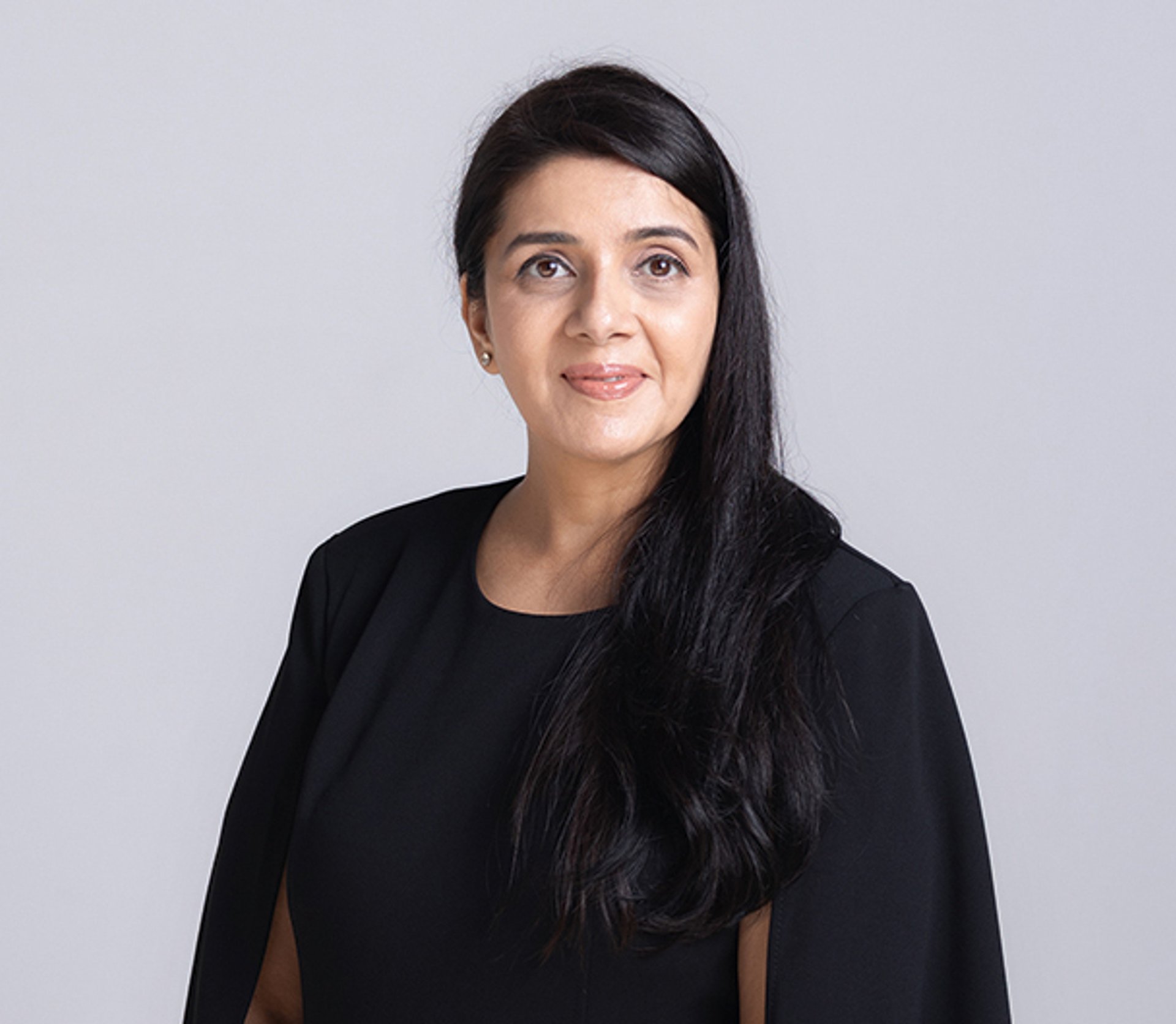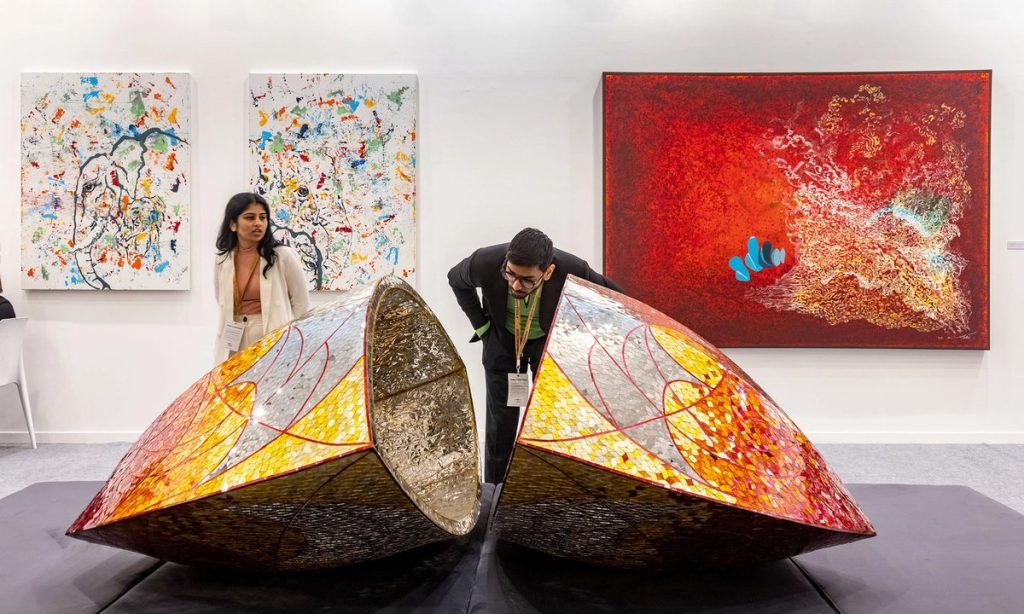For Jaya Asokan, the director of the India Art Fair (IAF) in New Delhi, the event’s Covid-19-delayed 2022 edition brought a valuable realisation. “Because of lockdown restrictions no international collectors or institutions could attend that year, but commercially it was the strongest edition we had ever held,” she says. “It made me better appreciate—and trust—the self-reliance of our domestic market.”
That trust is paying off: from 6 to 9 February, IAF holds its 16th edition, and largest to date—with 78 galleries and 28 non-profits exhibiting at the NSIC Exhibition Grounds—as India’s status as a rising economic powerhouse continues to boost its art market. Sustained strong demand for Modern art is being accompanied by a smaller, but nonetheless pronounced, uptick in sales of contemporary work to moneyed Millennials, with the past four years of the Indian art market marked by gallery expansions and record auction prices.

The fair’s 2025 edition will include the launch of a major prize for textile artists worth up to $35,000, says director Jaya Asoka Courtesy India Art Fair
All this while the global art market endures a prolonged downturn, leaving India as a rare growth story amid a wider slump. David Zwirner and Lisson, two major international galleries that have not shown at the fair since before the pandemic, will return this year, while Lagos’s Kó and London’s Unit 7/Prahlad Bubbar join for the first time. According to The Economist, India has held onto its position as the fifth largest economy in the world, while last year Mumbai overtook Beijing as the Asian capital with most billionaires. And while reports of a wider slowdown in growth and stagnating employment could spell trouble down the line, wealth among the country’s richest—i.e art-collecting—class is still expanding thanks to booming stock and property markets.
Much of that wealth is emerging outside India’s more established art centres of Delhi and Mumbai, and IAF continues to programme year-round across the country to develop markets in designated “tier two” and “tier three” cities. Next month it will announce the launch of a “commercial event” in Hyderabad, in the country’s south, which has fostered IAF exhibitor galleries like Dhi. Last year in Chennai and Kolkata it held Young Collectors Weekends in an effort to engage a newer audience of buyers by tying art exhibitions to social events. Ventures like this are less about tapping into existing commercial scenes than about fostering nascent ones, Asokan says. “We are building markets across India. But these take time to form,”
As IAF matures, it also seeks to refine the list of galleries that take part and even the level of quality among its exhibitors, which typically varies considerably. “We are really focusing on content more than ever,” Asokan says. This year 11 commercial galleries will make their debut, including KYNKYNY (Bengaluru), while some regular IAF participants will not be present, such as Sanchit Art from New Delhi and Tao and Art Musings, both from Mumbai.
It is increasingly important for IAF to sharpen its USP amid heating competition. Last year it attempted to open another fair in Mumbai for November 2025, but these plans were cancelled within two months of their announcement. Many of India’s leading galleries had already committed themselves to taking part in the third edition of Art Mumbai—run by Dinesh and Minal Vazirani, the owners of India’s largest auction house, SaffronArt—which would take place during the same dates.
Design continues to be a way that IAF is redefining its offering. The fair expands in this edition, inviting 11 new designers to take part in an extended section that it launched last year “to great success”, Asokan says. “We want to do for design in this country what we did for art 16 years ago. Design in India stands on centuries of world famous craft tradition; we need to think of how to make a contemporary intervention within that. One of the ways you do so is by making it appealing to the consumer today, so we focus on fresh new voices, and provide tight curation to create something exciting.” This year the fair will launch, in collaboration with Karishma Swali, the head of the Chanakya School of Craft, India’s first major prize for an artist working in textile art, worth up to $35,000.
As South Asia becomes a more important part of the global institutional picture—with numerous museums, from the Los Angeles County Museum of Art to Tate, stepping up their acquisitions budgets for the region—this year will see a number of museum heads and star curators present, including Hans Ulrich Obrist, Rein Wolfs and Diana Campbell. A date clash with the Sharjah Biennial has hopefully been circumvented by co-ordination efforts between the events. “We’ve told people to go to Sharjah first and then come to us after,” Asokan says. “The pandemic has taught us that collaboration is key to survival.” To mark this, Himali Singh Soin and David Soin Tappeser’s film The Hedge of Halomancy will be screened at both the fair and the biennial.
• India Art Fair 2025, NSIC Exhibition Grounds, Okhla, New Delhi, 6-9 February








